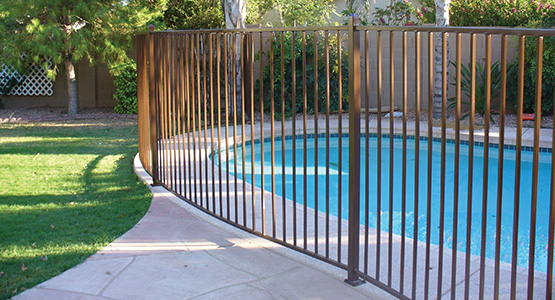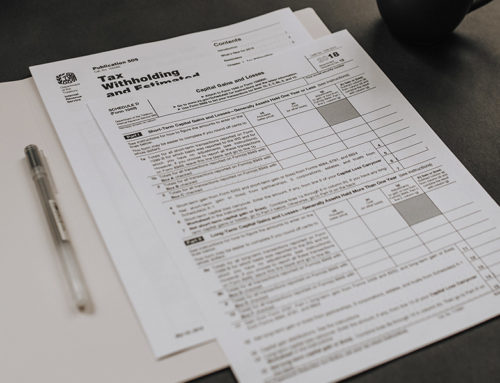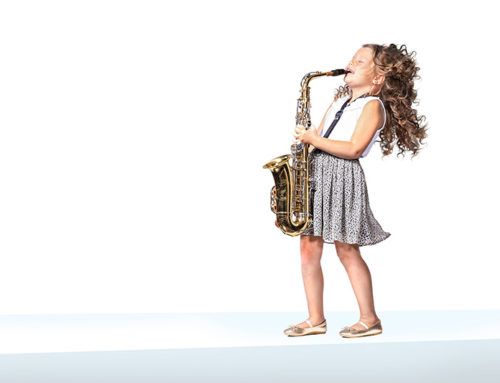In 1987, Life Saver Pool Fence coined the phrase “layers of protection” to describe the most effective way to prevent drownings. Almost 30 years later, everyone (including the US Consumer Product Safety Commission to the National Drowning Prevention Alliance) recommends layers of protection.
Five key layers of protection are:
1. Parent supervision
Nothing beats parent supervision. Proactive parent supervision is your most important tool in drowning prevention. When using the pool, active supervision means sitting close to the pool with your full attention on the child/children — no reading, no texting, just watching the pool. At parties/events, we recommend designating a person as a Water Watcher (we offer lanyards and whistles to give to the person to denote them), and change shifts every 15 minutes. Most drownings occur, though, when the child was thought to be in the house, nowhere near the pool area. In 67% of fatal drowning cases, a parent was responsible for supervising the child. So, supervision can and does fail, and that’s why you need additional layers of protection.
2. High locks on all doors and windows.
Locks out of the reach of children should be installed, and used, on every door and window that leads to the pool area. Lots of drownings happen because a parent didn’t know that the child had figured out the door knob, so don’t rely on the door being shut. Also, close up and doggy/pet doors that access the pool. Lots of children who drown got to the pool via a doggy door.
3. Pool Safety Fence
Pool fencing is the only layer of protection that physically isolates the backyard from the pool. Fences should be at least 4′ tall and have a self-closing, self-latching gate. Mesh pool safety fence, like Life Saver Pool Fence, has proven to be an effective layer of protection for over 45 years. It’s very transparent, aesthetically pleasing, and easy to remove when entertaining only adults.
4. Alarms
Drowning is silent. Alarms break that silence. There are door/window alarms, alarms that sit in the pool, and our favorite, the Safety Turtle which is worn on the child. If the child falls into the pool, an alarm inside that house goes off.
5. Swimming Lessons
All children should receive swimming lessons as early as their parents and pediatricians feel comfortable. Swimming lessons can begin earlier than one might think, some organizations training even infants to roll over and float, and to swim to the edge of the pool in the event that they fall in.






